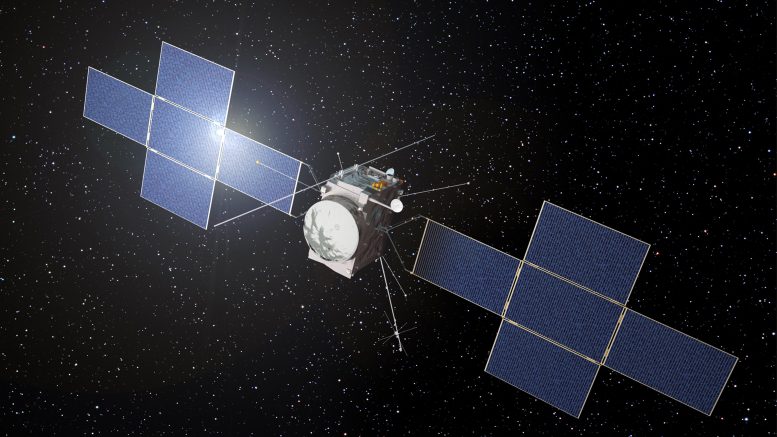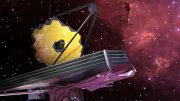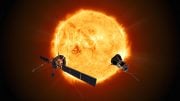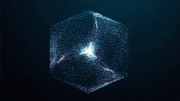
ESA’s Jupiter Icy Moons Explorer, Juice, will make detailed observations of the giant gas planet and its three large ocean-bearing moons – Ganymede, Callisto, and Europa – with a suite of remote sensing, geophysical and in situ instruments. The mission will characterize these moons as both planetary objects and possible habitats, explore Jupiter’s complex environment in-depth, and study the wider Jupiter system as an archetype for gas giants across the Universe. Credit: ESA
The initial step in the search for extraterrestrial life involves identifying the presence of liquid water. The moons of Saturn and Jupiter like Enceladus, Ganymede, Europa, and Callisto are suspected of holding oceans of liquid water beneath icy crusts. Similarly, some exoplanets beyond our solar system likely host liquid water, crucial for habitability. But detecting water, when we can’t physically access these celestial bodies, poses challenges. Ice-penetrating radar, a geophysical tool, has proven capable of detecting liquid water on Earth and beneath Mars’ South polar cap.
Now, this instrument is aboard the JUICE spacecraft and it is on its way to Jupiter’s icy moon Ganymede and will also be aboard the Europa Clipper spacecraft, which will be launched to Europa later this year. What can we expect to learn from these missions and how can we use ice-penetrating radar for future planetary exploration? Dr Elena Pettinelli of Roma Tre University, with extensive experience in planetary exploration using ice-penetrating radar, delved into the utility of this technology in her presentation recently presented at the European Geosciences Union General Assembly EGU24.
Historical and Future Applications of Ice-Penetrating Radar
Dr. Pettinelli, who was part of the team that discovered a subglacial stable body of liquid water on Mars, will trace the historical applications of ice-penetrating radar in planetary exploration before she dives into prospective uses of ice-penetrating radar in locating and characterizing liquid water.
Scientists hope to use ice-penetrating radar to determine the depth and chemistry of water beneath the icy surface of Jovian moons. Dr. Pettinelli explains that the radar’s penetration depth correlates with ice salinity; saltier ice impedes radar transmission to a greater extent. “Depending on the behavior of the radio waves, we might be able to better tell the distribution of salt,” she says, which her team then ground-truths through laboratory experiments.
“We can use all this information to improve our understanding of the distribution of liquid water in the solar system,” Dr. Pettinelli says. “There’s much more water than we thought 20 or 30 years ago, and it’s really interesting to use this technique to try to understand where the water could be.”
Reference: “In search for liquid water using radio waves: from Earth to the icy moons of Jupiter” by Elena Pettinelli, 11 March 2024, European Geosciences Union General Assembly EGU24.
DOI: 10.5194/egusphere-egu24-18640









Be the first to comment on "Unlocking Cosmic Mysteries: The Hunt for Water on Other Worlds"